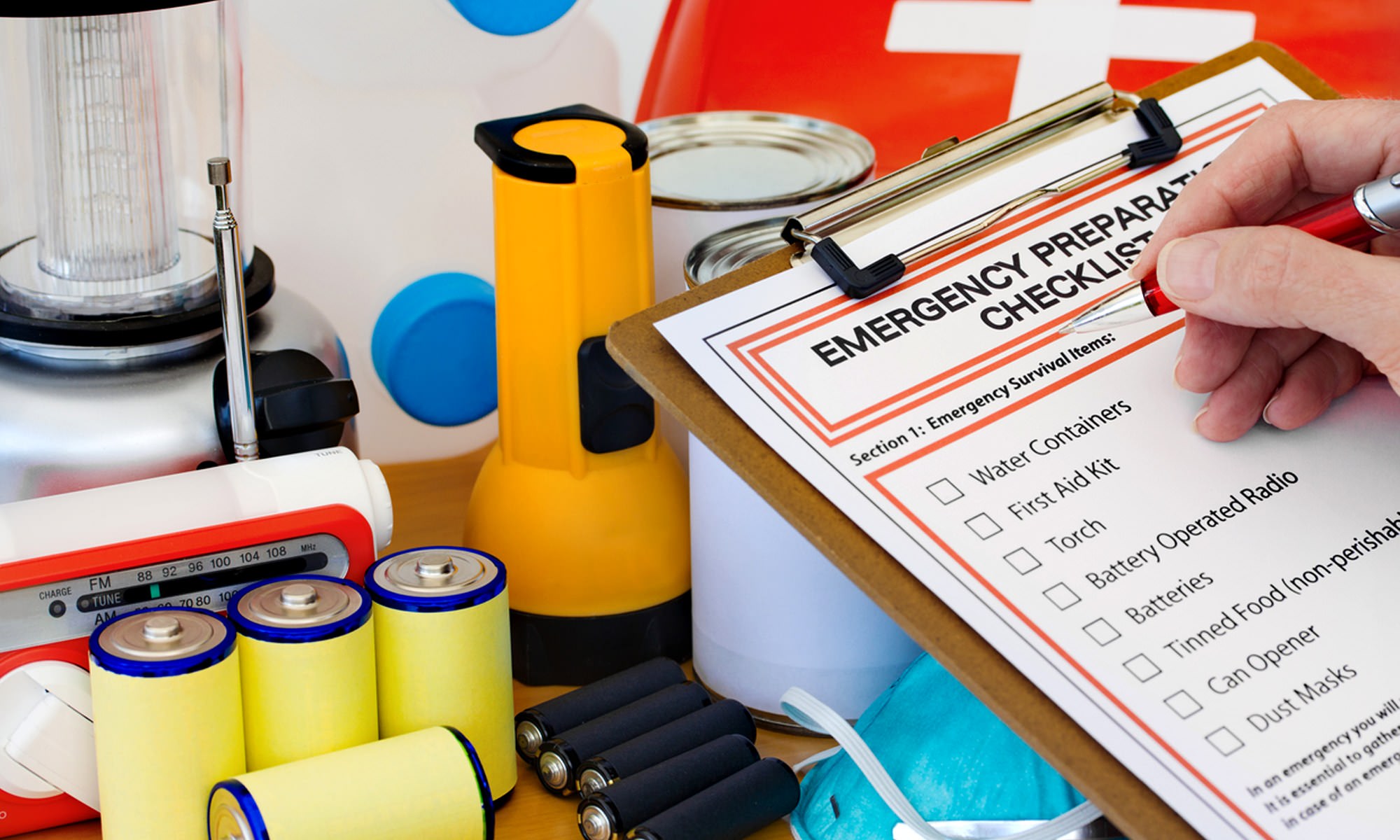While natural disasters and emergencies might not be on the forefront of your mind, these fast-happening occurrences strike at random.
An actual plan on paper concerning what to do and how to react could be the difference between a stressful time and a life-altering occasion. That’s why some of the country’s biggest organizations publish materials and information to help you make an emergency preparedness plan: Red Cross, Ready.Gov, and the CDC.
To make sure you’re ready for anything, ask these seven questions:
What Emergency Are You Planning For?
Perhaps the first question to be asked when making an Emergency Preparedness Plan is what emergency you are planning for. While some information, like contact info and designated meeting spots, can be universally used for all emergencies, not all disasters strike the same. Ready.gov, a National Public Service advertising campaign, has a lengthy list of different emergencies you can cater your plan toward, including regional disasters, international pandemics, and nuclear bombs. Once you narrow down the threats that might affect you most, you can start to pave a clearer path on how you can appropriately respond.
What Parts of Your Home Can Aid in an Emergency Situation?
In a natural or man-made disaster, your home could either be your haven from danger or the catalyst that inhibits it. If it is an earthquake, tornado, or something that requires you to take shelter, do you and your family know where the safest parts of your home are located? If you need to quickly evacuate the premises due to a fire or other inner-destructive force, is everyone aware of multiple escape routes from each room, including any residents above the first floor of the domicile?
Where Are Your Meeting Spots at Home and Afar?
It’s not only important to have a place in mind to meet after or during an emergency, but it’s critical to have multiple places known by everyone in the family to meet if something unexpected happens. You can start with the home and go from there. Where will you meet in the neighborhood? Where can you meet in the city closest to your neighborhood? Where can you meet outside of city limits? How about outside of the state? While it may seem improbable to have to travel so far, disasters don’t pick a convenient time to strike, and you could already be far separated from your loved ones before it happens, making multiple meeting spots a key to emergency preparedness.

How Well Do You Know Everyone’s Contact Information?
In this digital day and age, it doesn’t seem too common for anyone to know more than a couple phone numbers by heart; and for an emergency situation, it’s not just those people close to you that you might need to get a hold of. Including all the different meeting spots and locations, an emergency preparedness plan should include contact info such as your children’s school, your work, any medical references you might need, out-of-town contacts that might be able to help from afar, as well as any relevant social media credentials to be able to check in quickly during an emergency. FEMA has a detailed Family Communication Plan for parents and children that is a good place to start, just be sure everyone has a copy of it.
Who Assumes What Roles in Case of an Emergency?
It’s a lot easier to clarify who is responsible for what roles during an emergency now, compared to when a disaster strikes. Such responsibilities could include accessing the emergency disaster kit, gathering pets, or waking the kids. While it’s good to get an outline out there as to who is doing what, the important part of this is understanding all the steps that need to be taken during an emergency, and the flexibility in your plan to adjust as situations play out differently than predicted.
What is the Plan for Your Pets?
While kids and family members might be priority number one, it’s important to know what to do about those other parts of your family that are completely dependent on your actions to ensure their safety. Traveling with your pets, ensuring they have enough food and water, knowing where you can safely take them; while it seems like a thought that might not need much consideration, knowing how to properly ensure your pet’s safety will save a lot of stress and important seconds if a disaster ever does strike.
What is in Your Emergency Preparedness Kit?
An important extension to your Emergency Preparedness Plan is the stocked Emergency Preparedness Kit that should accompany it. This kit could include such things as a water supply, food supply and tools and resources needed during an emergency including flashlights, radios and a multi-tool (just to name a few). What’s critical for your emergency preparedness kit is not only having one, but keeping it well stocked and known to the whole family where it is, not to mention knowing how to use what is in it. Emergencies come in all shapes and sizes, and your emergency preparedness kit should reflect that. While keeping an emergency preparedness kit in your house is always a safe-bet, having backups and alternative locations including your vehicle can ensure more safety in an emergency.
